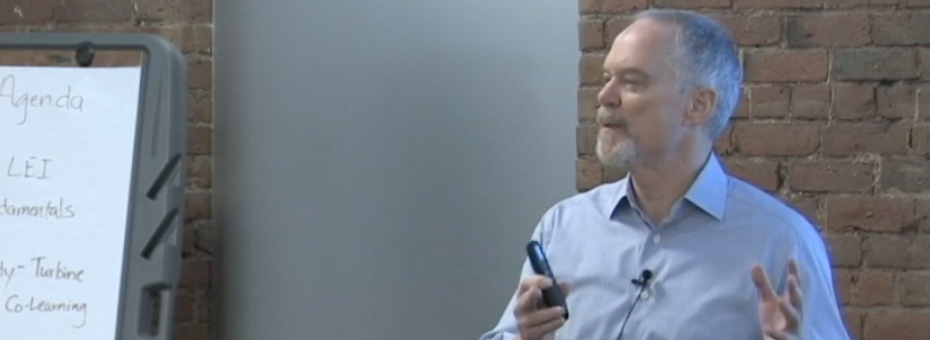Every company goes through tough times sooner or later – it’s what you do in those times that decides what shape you’ll be in when the troubles pass. Needless to say, the best thing to do in a challenging situation isn’t always the most obvious one. This calls to mind a quote I heard from Jim Morgan recently, on the decisions of Ford Motor Company’s (no relation to me) CEO during the Great Recession:
“When Alan [Mulally] came back from Wall Street with the $23 billion [emergency loan], we had a lot of needs…The easy thing to do with all these needs would have been to take that money and divide it equally across the company to keep things going. But Alan’s key insight was that if he did that…all we were doing was buying time. So he basically took every penny, handed it to…Derrick Kuzak, the Group VP for Product Development, and said, ‘We need to figure out how we’re going to make some products that people will actually buy.'”
Amongst everything else I heard at LEI’s Lean Product and Process Development (LPPD) Open House where Jim was speaking, this was the quote that stuck with me the most. I think it holds a key lesson for any leader in the post-recession era.
We all remember reading those articles in 2008-2009, about the executives of near-bankrupt GM and Chrysler pleading for bailout loans from the U.S. government to stay afloat. And in the midst of that controversy, Ford was out of the picture. It had borrowed billions from private sources rather than banking on a government bailout that was not guaranteed to happen. Ford had its stay-afloat funds, but it needed more. It needed a way to trim costs, stay profitable and create a long-term plan for sustained success.
For Ford, that way was investing everything they had into product development. Into creating new value.
A daring approach from a CEO who would have had every single department pleading with him for quick-fix funds. Instead of shelling out cash that would result in temporary-at-best solutions, he chose to invest his entire loan into product development – improving the vehicles that they were known for and had been dipping in popularity since gas prices had shot up. As Jim explained, that strategy worked, and Ford never had to turn to taxpayer dollars. As a result, it has since enjoyed multiple years of record profits and share gain, and is on track again this year for a profit of between $8.5 and $9.5 billion.
That made me wonder: how many other companies out there try to solve widespread problems with widespread funds, rather than putting their faith and funds into product and process initiatives like Ford? When your problems are many and varied, making a huge investment in your products, of all things, may seem counterintuitive. And yet look at what it did for Ford. All because product development is about delivering ever-greater value to customers in more innovative and effective ways. Ford’s investment in product development brought the sinking ship back to the surface.
Have you ever seen a commitment to product development make miracles happen at a current or previous job? What did you learn from it?





